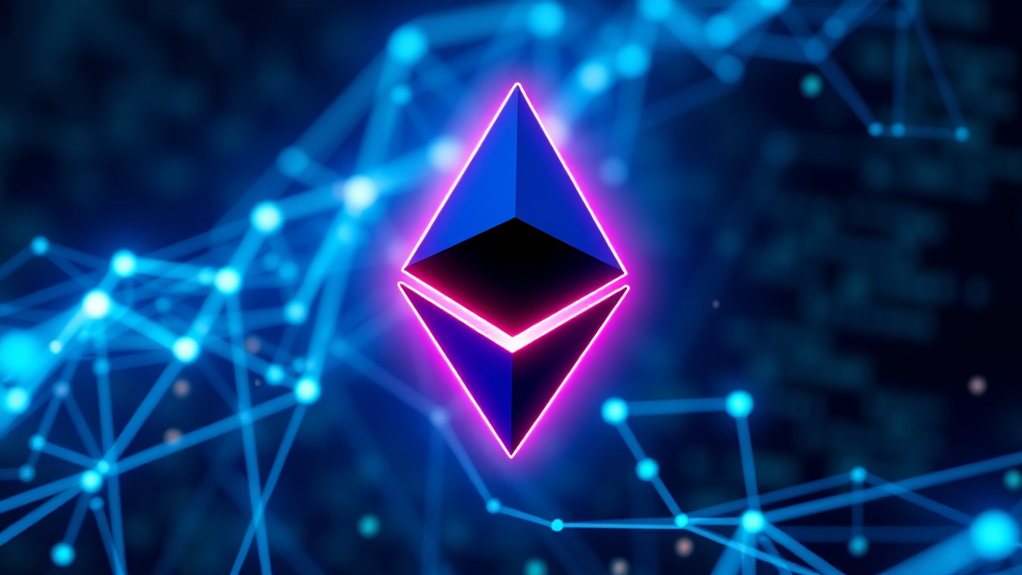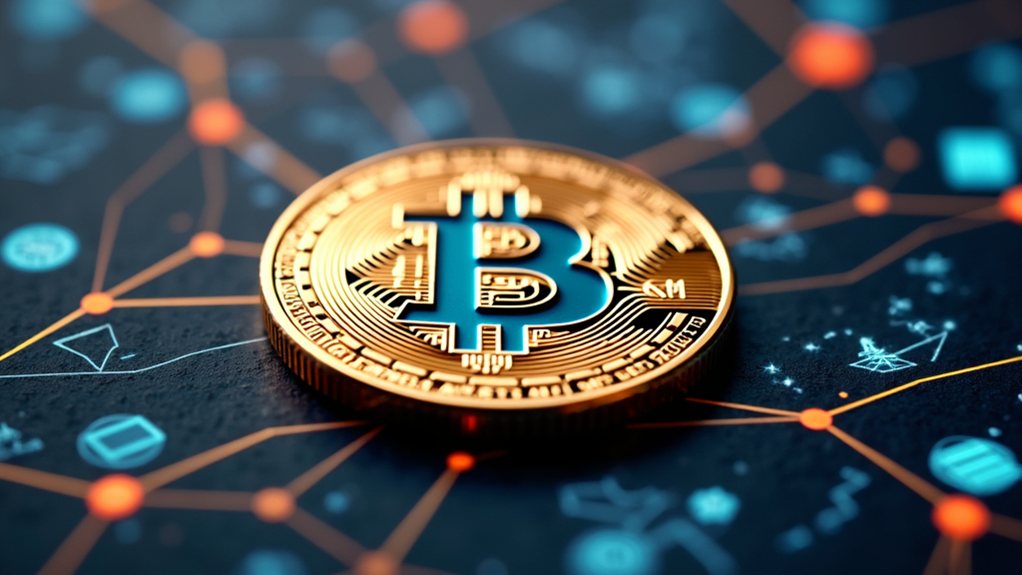Uniswap is the largest decentralized cryptocurrency exchange on the Ethereum blockchain. Launched in 2018 by Hayden Adams, it uses an automated market maker model instead of traditional order books. This system relies on liquidity pools where traders swap tokens, and prices are set by an algorithm. Anyone can provide liquidity to these pools and earn fees. Uniswap's governance is managed through its UNI token, putting control in users' hands.

As cryptocurrency trading continues to evolve, Uniswap has emerged as the largest decentralized exchange in the world by trading volume. Launched in November 2018 by developer Hayden Adams, Uniswap operates on the Ethereum blockchain and represents a new approach to digital asset trading that doesn't rely on traditional order books.
Unlike centralized exchanges where buyers and sellers are matched through an order book, Uniswap uses an automated market maker (AMM) model. This system relies on smart contracts and liquidity pools rather than direct trades between users. The protocol uses a mathematical formula known as "constant product" (x * y = k) to determine prices automatically based on the ratio of tokens in each pool.
Uniswap's pioneering AMM model replaces traditional order books with smart contract-powered liquidity pools, setting prices algorithmically through the constant product formula.
Uniswap has gone through several major upgrades since its launch. Version 1 established the basic framework, while version 2, released in May 2020, added new features and improvements. The current version, Uniswap v3, launched in May 2021, introduced concentrated liquidity and multiple fee tiers, allowing liquidity providers to be more efficient with their capital. Users particularly appreciate that Uniswap has no listing fees for new coins, unlike traditional centralized exchanges. A fourth version is currently in development.
Anyone can become a liquidity provider on Uniswap by depositing pairs of tokens into a pool. These providers earn fees from trades that happen in their pool, with the amount based on their share of the total liquidity. In return, they receive LP tokens that represent their stake in the pool. However, liquidity providers face a risk called "impermanent loss" if token prices change considerably after deposit.
The platform is governed by holders of its native token, UNI, which was launched in September 2020. Uniswap distributed UNI tokens through an "airdrop" to past users of the platform, instantly creating value for its early adopters. The permissionless design allows any UNI holder to participate in governance decisions based on their ownership percentage. As a prime example of blockchain technology, Uniswap eliminates the need for intermediaries that traditional financial systems rely on. The total supply is capped at 1 billion UNI tokens, and holders can vote on changes to the protocol.
Uniswap offers several advantages over traditional exchanges. It's available 24/7, has no central authority, and allows anyone to list ERC-20 tokens without permission. This has made it particularly valuable for trading newer or less common cryptocurrencies that might not be available on centralized platforms.
The broader Uniswap ecosystem includes Uniswap Labs, which develops the protocol and user interface, and the Uniswap Grants Program, which funds projects that enhance the platform. The protocol has expanded to support Layer 2 solutions, which are designed to make transactions faster and cheaper on the Ethereum network.
As decentralized finance continues to grow, Uniswap remains at the forefront of innovation in non-custodial trading, allowing users to maintain control of their assets while accessing liquidity in a permissionless environment.
Frequently Asked Questions
How Does Uniswap Compare to Centralized Exchanges?
Uniswap differs from centralized exchanges in several key ways.
It doesn't require KYC or registration. Users keep control of their funds instead of trusting a company. Trades happen through smart contracts rather than matching buyers with sellers.
Fees are generally lower (0.05-1%), with no withdrawal charges. Anyone can list tokens without permission.
However, it's less beginner-friendly and requires paying Ethereum gas fees.
What Are the Risks of Providing Liquidity to Uniswap?
Providing liquidity to Uniswap comes with several risks.
Liquidity providers face impermanent loss when token prices change, which can exceed earned fees.
Smart contract vulnerabilities have led to multi-million dollar hacks.
Market manipulation is possible, especially in low liquidity pools.
External risks include regulatory uncertainty and potential rug pulls by scammers.
In 2021, investors lost $60 million in the AnubisDAO incident from such a scheme.
Can I Use Uniswap Without KYC Verification?
Uniswap doesn't require KYC verification for basic trading. Users can simply connect their cryptocurrency wallets to the platform and start trading immediately.
No registration or identity verification is needed. However, if users want to convert fiat currency to cryptocurrency before using Uniswap, they'll need KYC through third-party services.
Uniswap operates as a decentralized exchange where transactions happen directly between users' wallets through smart contracts.
What Blockchain Networks Support Uniswap?
Uniswap operates across multiple blockchain networks.
Ethereum Mainnet hosts all versions (v2, v3, v4) with the highest liquidity.
Layer 2 networks including Arbitrum, Optimism, Polygon, Base, and ZKSync support Uniswap with lower fees.
EVM-compatible chains like Avalanche, BNB Smart Chain, Celo, Blast, and World Chain also run Uniswap.
Unichain, a specialized Layer 2 network developed by Uniswap Labs, is currently in development.
How Does Uniswap Governance Work?
Uniswap governance operates through UNI token voting rights.
Token holders can either vote directly or delegate their power to others.
The process starts with community feedback, followed by a Temperature Check poll, and finally an on-chain proposal.
Proposals need a 4% quorum to pass and undergo a 2-day timelock before implementation.
The system includes forums for discussion and specialized roles within the community.










